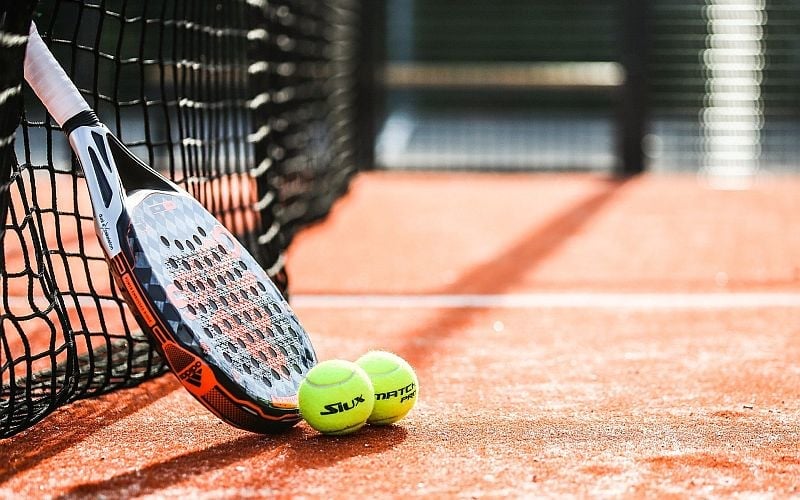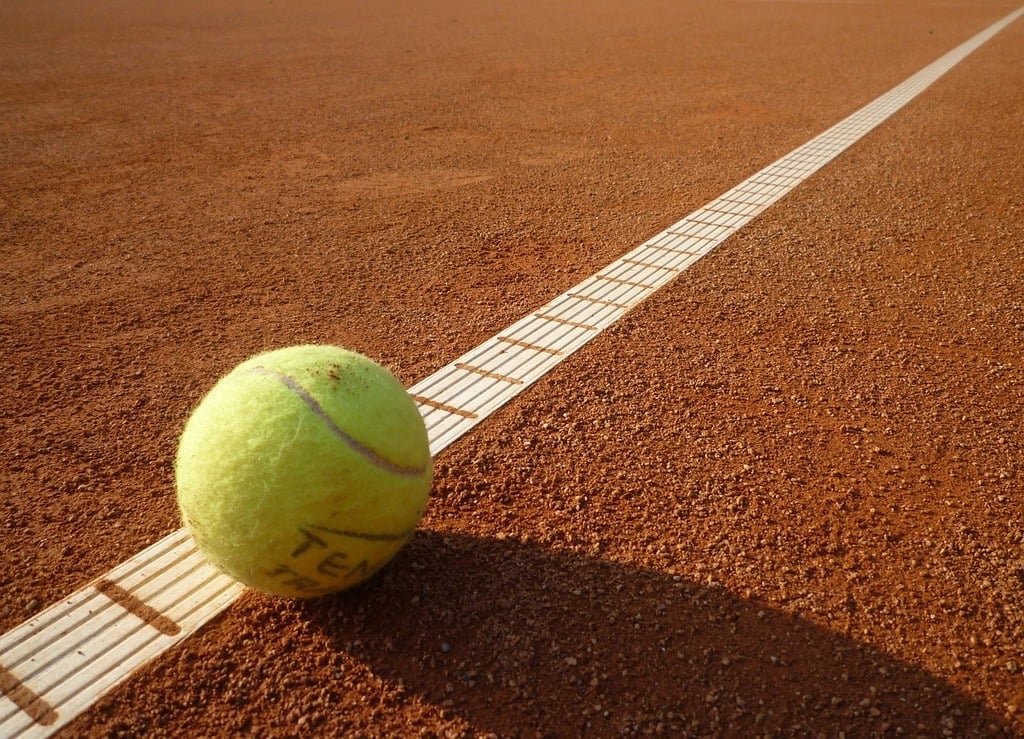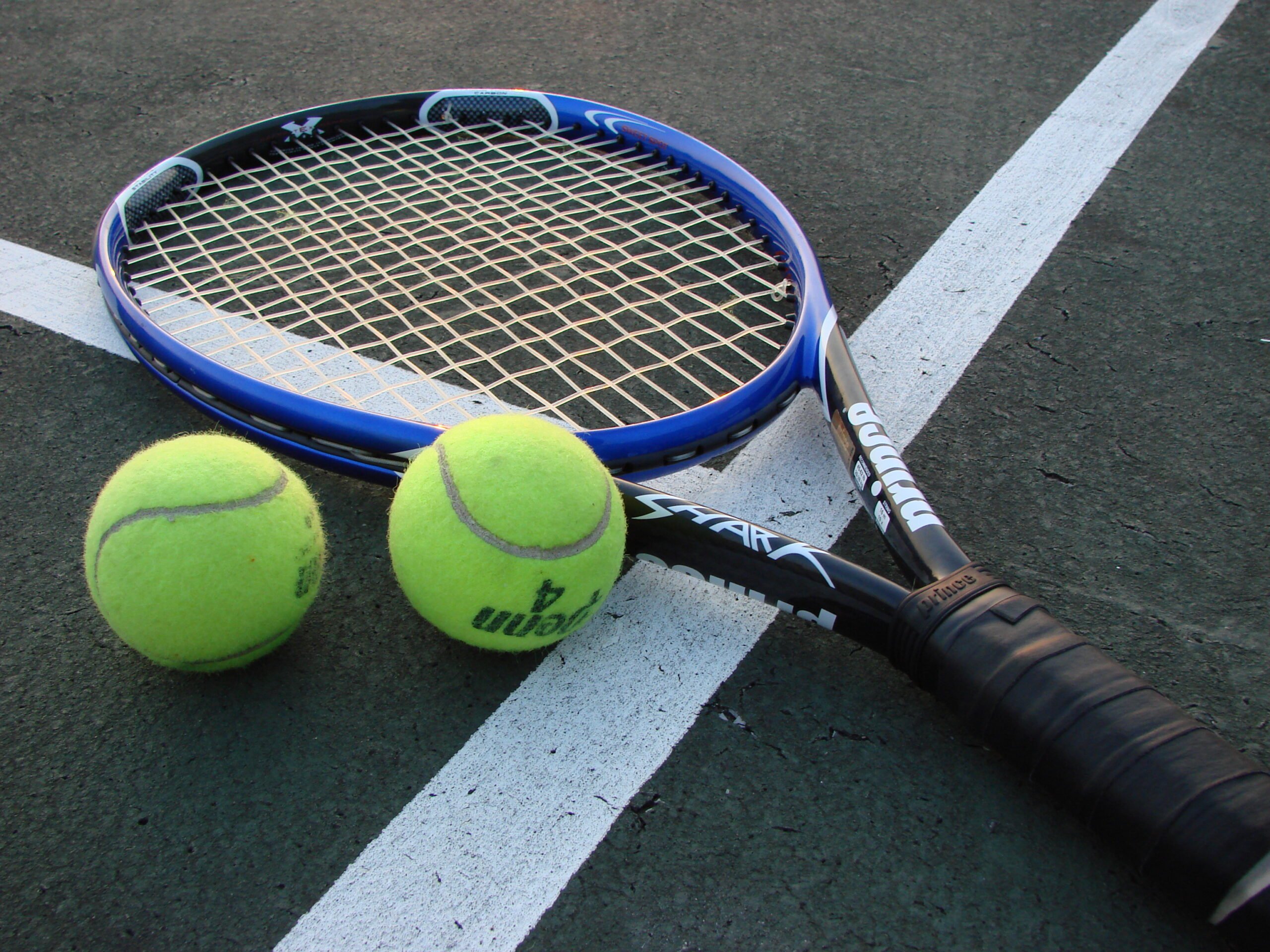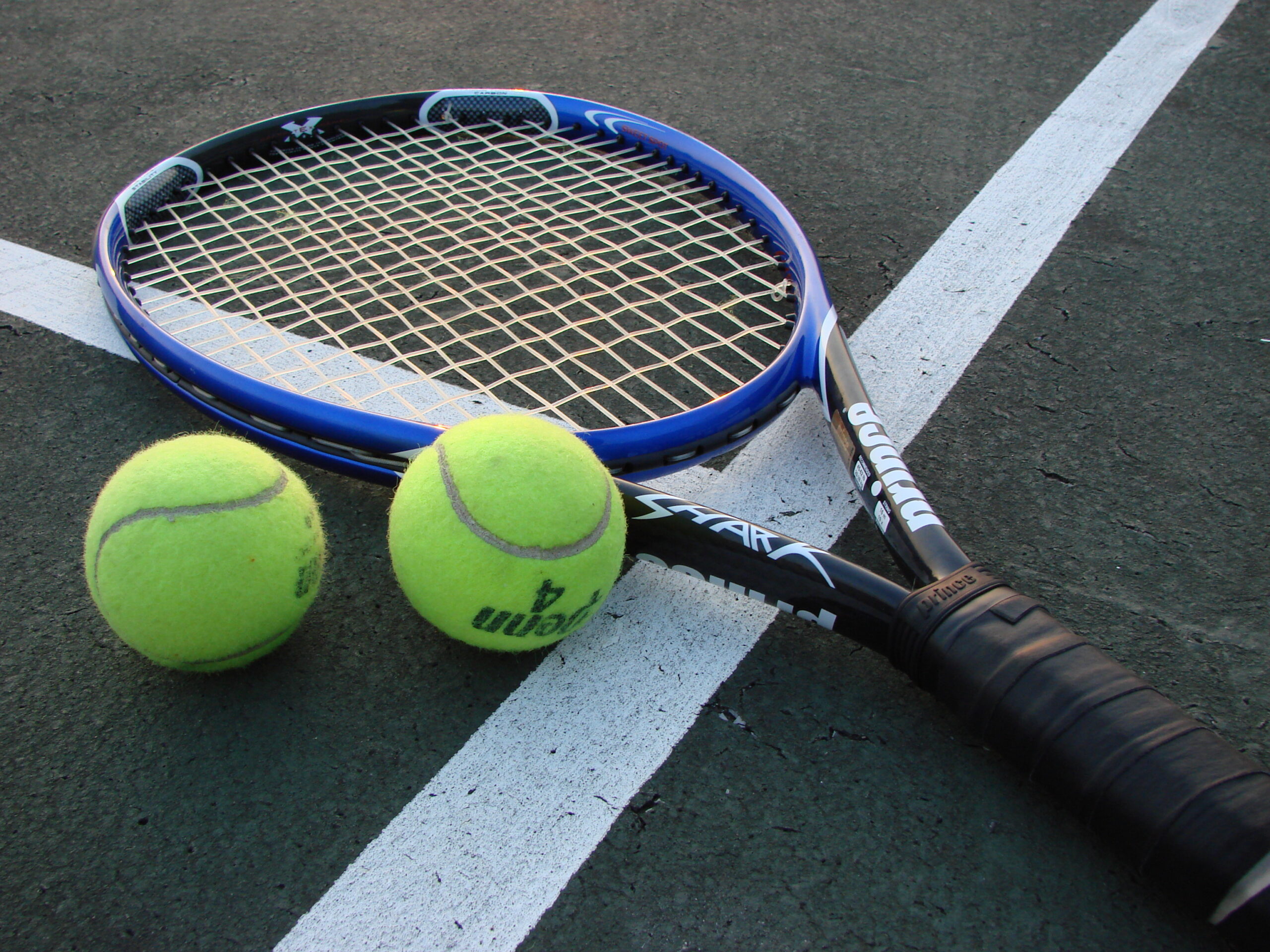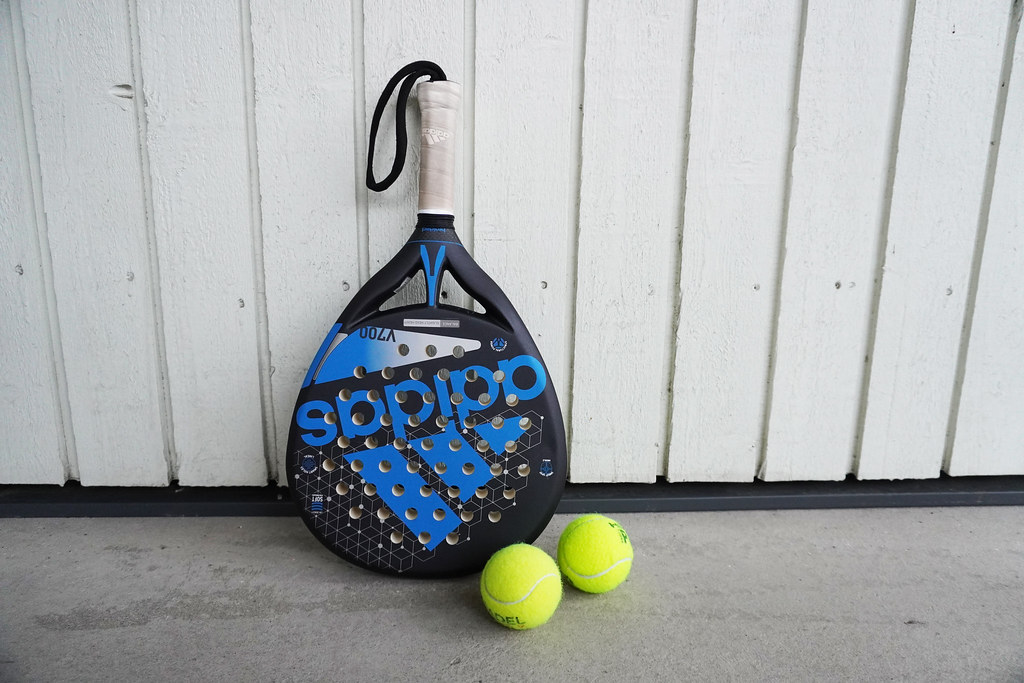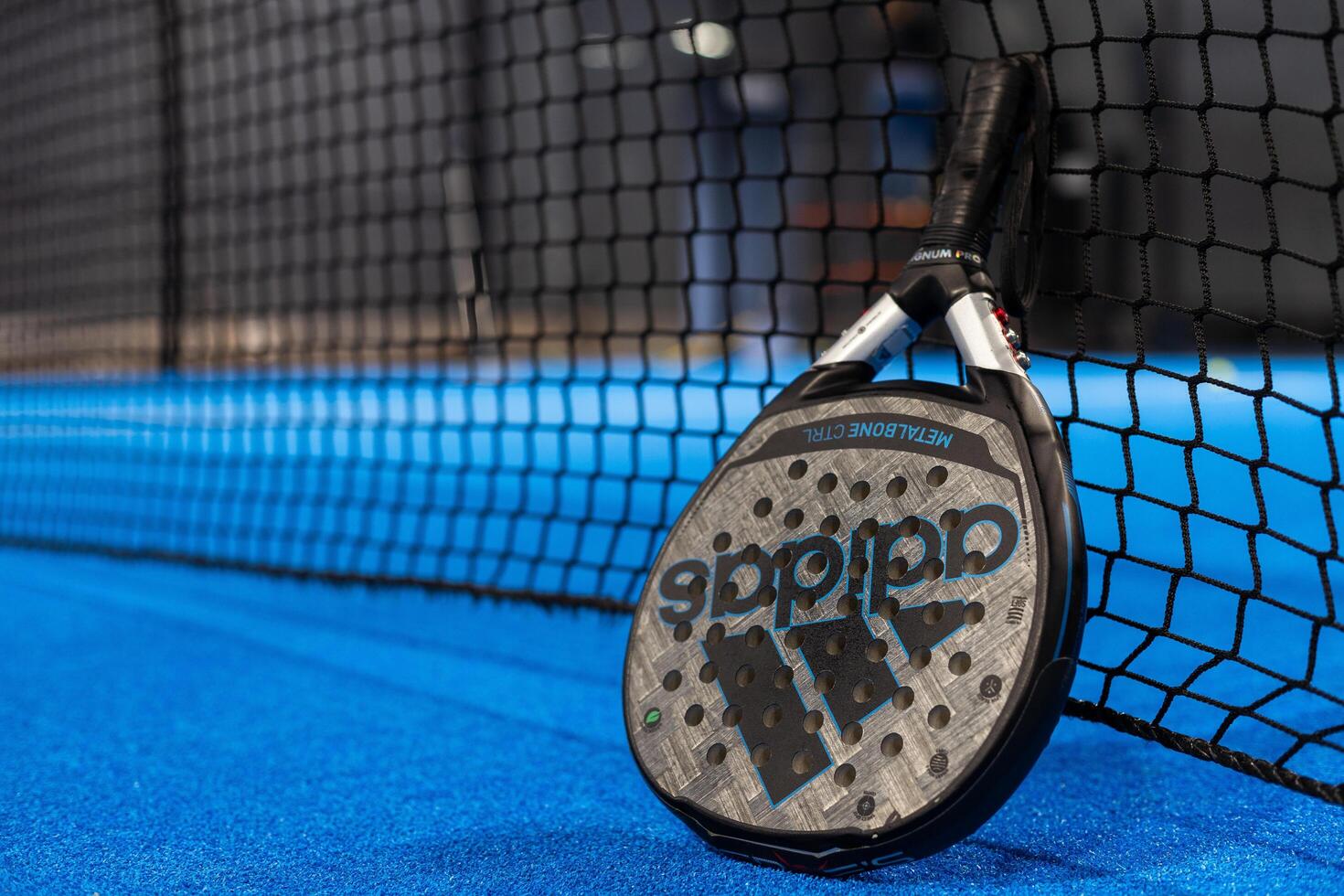Advertisement
As sports enthusiasts around the world continue to embrace new activities, padel is gaining popularity at a rapid pace, especially in countries like Belgium. With its relatively low learning curve and exciting pace, many people are discovering the fun and challenges it offers. But for those who already enjoy tennis, you may be wondering: What are the key differences between padel and tennis, and which sport is right for me?
In this article, we’ll break down the essential distinctions between padel and tennis and help you decide which one best suits your skills, preferences, and lifestyle.
For those interested in trying out padel or seeking the latest equipment, Padelmarket.com offers a wide range of products designed to elevate your game.
1. Court Size and Design
Tennis:
A traditional tennis court is much larger, measuring 23.77 meters in length and 8.23 meters in width for singles matches. The court is divided by a net, and players hit the ball over the net into the opponent’s side.
Padel:
On the other hand, a padel court is significantly smaller, measuring 20 meters in length and 10 meters in width. The court is enclosed by glass and wire mesh walls, which allows players to use the walls as part of the game, much like in squash. This compact design makes padel more accessible, as it’s easier to keep the ball in play and engage with your opponent.
Verdict: If you prefer a sport with a larger playing area and more running, tennis might be your choice. If you like quicker action and the added challenge of using the walls, padel could be more suited to you.
2. Equipment: Racket vs. Racquet
Tennis:
In tennis, players use a racquet, which typically has a stringed surface that provides a large area to make contact with the ball. Tennis racquets are generally lightweight but longer and have a handle for a better grip. The design of tennis racquets allows for greater power and control over longer shots, making it ideal for players who like to engage in fast-paced rallies and deep baseline plays.
Padel:
Padel, on the other hand, uses a racket—a solid, perforated piece of material (often carbon fiber or fiberglass) with no strings. Padel rackets are smaller than tennis racquets and have a more compact design, making them easier to handle and less demanding on the wrist. This design also allows for quick responses and more agility during play, which is perfect for players who prefer a faster, more dynamic game.
For those looking to explore padel and find the right racket for their needs, Padelmarket.com offers a wide selection of rackets and gear suited to players of all levels.
Verdict:
Tennis racquets are generally suited for players who enjoy power and control over longer shots, with the ability to hit deep groundstrokes and powerful serves. Padel rackets, on the other hand, offer quick responses and allow for a greater variety of spins, but they are easier to maneuver and require less wrist strength, making them ideal for more reactive, fast-paced rallies.
3. Scoring System
Tennis:
The tennis scoring system is one of the most iconic aspects of the sport. Points are scored as 15, 30, 40, and game point, with a unique tie-break system when the set reaches a 6-6 score. This structure is familiar to anyone who has played or watched tennis, creating an easily recognizable flow to matches. The set format typically consists of six games, and matches are generally played in best-of-three or best-of-five sets.
Padel:
The scoring system in padel is identical to tennis in many ways: points are scored as 15, 30, 40, and game point. Matches are typically played in sets and can be best of three or five sets. However, in padel, the difference comes with the use of walls, which can result in longer rallies and often less predictable ball bounces. These elements give the game a unique twist, making it more dynamic and challenging in terms of ball placement and positioning.
For those looking to get started or upgrade their padel gear, Padelmarket.com provides a wide selection of padel rackets, accessories, and equipment for all skill levels.
Verdict:
If you’re used to the tennis scoring system, padel will feel quite familiar. The points and game format follow a similar structure, which makes it easier for tennis players to transition to padel. However, the walls in padel add a layer of complexity, as they introduce new angles and opportunities for the ball to bounce off surfaces, making the game feel more dynamic and fast-paced. This added element of unpredictability often makes padel feel more exciting and challenging, especially for those seeking a sport with quick reflexes and creative shot-making.
4. Play Style: Fast-Paced vs. Endurance
Tennis:
Tennis requires players to cover large distances around the court. Matches can last anywhere from 30 minutes to several hours, depending on the level of competition and the playing surface (grass, clay, or hard court). Tennis involves long rallies, quick reflexes, and precise footwork.
Padel:
In contrast, padel is much quicker and more reactive. Thanks to the smaller court size and the inclusion of walls, the ball stays in play longer. Padel relies heavily on reflexes, angles, and strategy rather than raw power and endurance. The shorter court makes it less physically demanding in terms of running, but it requires more quick thinking and adaptability.
Verdict: If you enjoy running and a test of stamina, tennis might be the more suitable sport. However, if you prefer a fast-paced, shorter game that focuses on skill and quick reflexes, then padel is likely your sport.
5. Accessibility and Learning Curve
Tennis:
Tennis has a steeper learning curve. While it’s easy to pick up, mastering tennis takes time, especially when it comes to serving, footwork, and tactical play. Tennis can be more physically demanding due to the large court and long rallies. Players must cover a lot of ground, with many matches involving intense sprints and quick direction changes. As a result, tennis players often need to invest significant time into refining their skills and improving their physical conditioning.
Padel:
Padel is often regarded as easier to learn, especially for beginners. Because of the smaller court and the use of walls to rebound the ball, padel reduces the amount of running required. Newcomers can quickly grasp the basics of the game, and it’s common to see beginners playing competitive matches in just a few sessions. The fast-paced nature of padel, combined with its strategic use of walls, makes it accessible to people of all skill levels. Moreover, the game’s shorter duration and lower physical demand make it more social and less tiring, which is perfect for those seeking a fun, non-intense activity.
For those looking to start playing padel or upgrade their equipment, Padelmarket.com offers a wide range of rackets and gear that will help you get the most out of your game.
Verdict:
If you’re a beginner or simply looking for a sport with a lower barrier to entry, padel is the ideal choice. Its simple rules, smaller playing area, and quicker learning curve make it accessible to players of all ages and experience levels. Tennis, while rewarding, requires more commitment to master due to its larger court, more intricate footwork, and greater physical demands. If you’re up for a more challenging and rewarding sport, tennis could be your game, but for a fun, social, and faster-paced option, padel is an excellent alternative.
Which Sport Is Right for You?
Ultimately, both padel and tennis offer unique experiences, and the right choice depends on your personal preferences and fitness goals.
- Choose Tennis if you’re looking for a sport that offers long-term skill development, more physical endurance, and a rich tradition of competition.
- Choose Padel if you prefer a fast-paced, social, and dynamic game that’s easy to pick up but still offers plenty of room for improvement.
Choosing between padel and tennis ultimately comes down to your personal preferences, physical condition, and social outlook. If you’re looking for a sport that’s easier to pick up, less demanding on the body, and more social, padel may be the right choice for you. With its smaller court, slower ball speed, and emphasis on strategy, it’s an excellent option for those seeking a fun, accessible way to stay active.
On the other hand, if you prefer a more physically demanding sport with a greater emphasis on stamina, precision, and individual competition, tennis might be more your speed.
For all your padel needs, from equipment to advice on getting started, be sure to visit PadelMarket to explore the best gear and resources for the sport.






